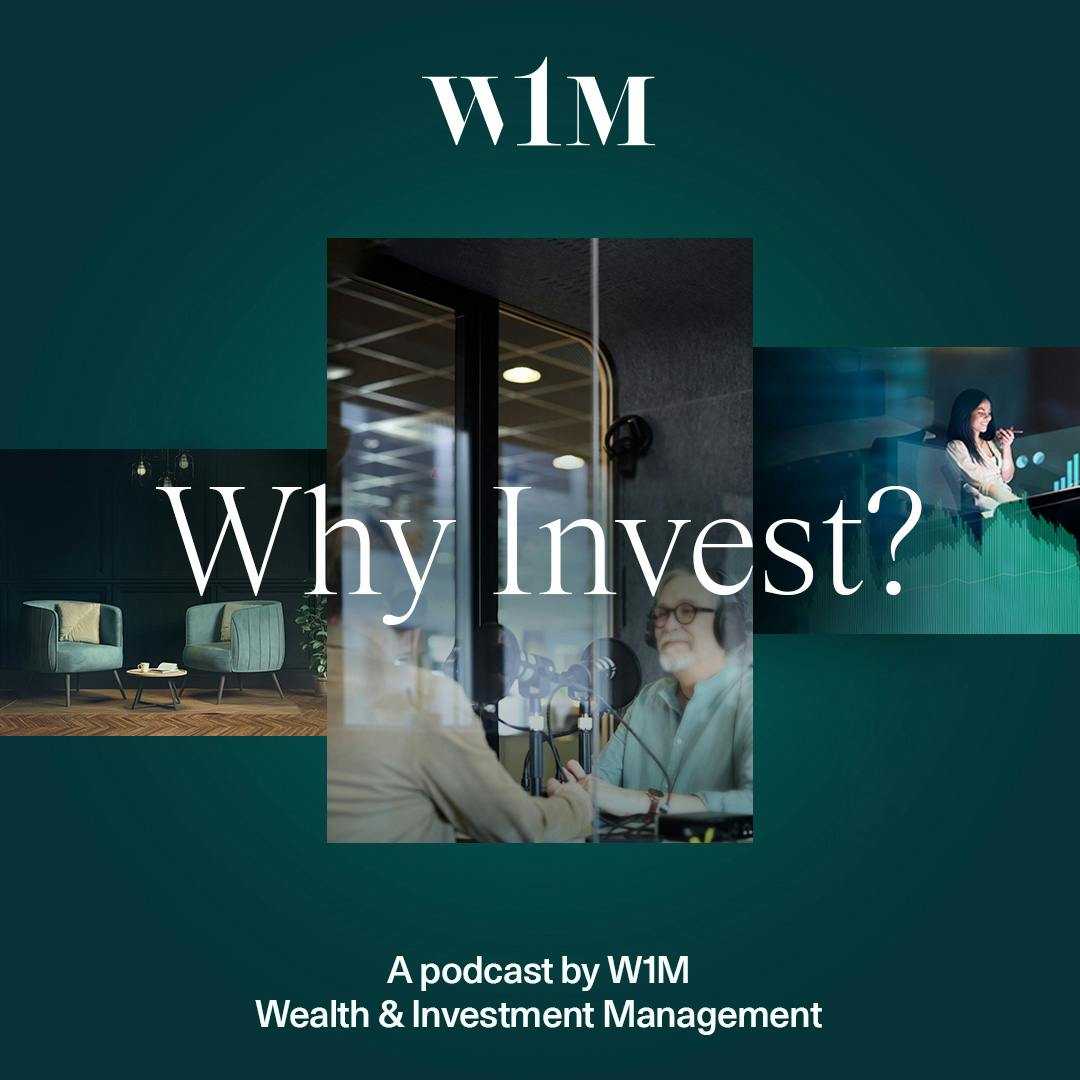The Great Reset: A Gilt Edged Opportunity in Bonds

After the horrible losses in 2022, when the Gilt index fell by 25%, investors who had relied on the stability of bonds may well have questioned the wisdom of using them as a defensive allocation within their portfolios. Bond investors were caught off guard by the cycle of interest rates, but in their defence, they weren’t the only ones. Central banks were woefully behind the curve, insisting that inflation was transitory. For example, the Bank of England allowed UK CPI to reach 5.2% before deciding to increase the UK base rate from 0.25% to 0.5% in December 2021. Then, of course, Russia invaded Ukraine in February 2022, which reinforced the inflation uptrend and put all central banks in catch-up mode for the next two years. That was the backdrop to the huge losses in bonds, which for the UK Gilt market was the worst in at least a century.
But what now?
The good news is that the massive reset in the level of yields has occurred. Most importantly, the UK Gilt market now offers a positive real return. Long-term inflation expectations are around 2.5%, but yields on Gilts vary between 4.1% at 10-year maturities and 4.7% at 30-year maturities. In our opinion, this is an attractive starting valuation ahead of the multiple risks (both known and unknown) that investors have to face in today’s world.
UK Gilt Curve – 2024 vs 2020

Source: Bloomberg
Inflation is falling
Furthermore, inflation appears to be on a downward trajectory. We don’t expect this to be a smooth ride, but as the COVID-19-induced supply constraints fade and the effect of tighter monetary policy (higher interest rates) continues to bite, we expect this trend to persist. This should allow interest rates to fall in the UK, perhaps more so than in the US. We don’t necessarily expect yields to fall to the same degree unless economic growth surprises dramatically to the downside, but overall, this is a positive backdrop for bonds
Economic uncertainty remains
The economic outlook remains uncertain. Investors have become much less negative in the last year, upgrading forecasts of economic growth and pouring billions into corporate bonds. While we acknowledge that our own negative view of the economy in 2023 was incorrect, we caution against becoming overly complacent now. The effects of higher interest rates are still being felt in the UK, with low-rate fixed-rate mortgages expiring at around 200,000 per month and many consumers still struggling with the higher cost of living. Corporate insolvencies are at a record rate, even higher than during the financial crisis of 2008. If growth expectations prove overly optimistic, we expect defensive assets like Gilts to attract investors and push yields lower, creating additional capital gains on top of those attractive starting yields.
What’s the catch?
Naturally, there are downside risks for Gilts. What about the growing supply of government bonds, which need to be issued to finance expanding spending plans, not to mention fund the higher interest bills? How will new governments (and presidents) alter the fiscal outlook? Will a sudden change in Japanese interest rate policy lead to a massive withdrawal by Japan from international bond markets? Is there a chance that bond vigilantes will return and lead a buyer’s revolt (as we saw during the Truss premiership)? We don’t ignore any of these risks, but we think the valuation of government bonds provides significant protection against any adverse shifts in supply or expected inflation.
Investing in defensive assets not only offers protection but also allows the rest of the portfolio to be more adventurous in seeking returns. With a solid foundation in bonds, investors can confidently explore higher-risk opportunities in equities, commodities, or alternative investments, aiming for higher returns without compromising the overall stability of their portfolios. This balanced approach can help navigate the uncertainties of the financial markets in 2025 and beyond.
Our Approach
At Waverton, we believe in the merits of active management in bond investing. Unlike equity indices, which are typically weighted by market cap, bond indices are often filled with the most indebted companies rather than the highest-quality ones. This structural flaw gives active managers a distinct advantage to outperform. Furthermore, relatively poor liquidity in the secondary market creates mispricing opportunities that large passive funds might struggle to exploit due to their size.
Our approach focuses on seeking alpha by going ‘off-piste’ – investing in less-followed areas of the market and identifying market inefficiencies and information asymmetries. For example, instead of targeting the most indebted companies, we prefer companies with fortress-like balance sheets (net cash positions), which provide a cushion against economic downturns and enhance their ability to meet debt obligations.
While bond markets have struggled to mount a robust recovery from 2022, the outlook for 2025 appears very promising – particularly for UK Gilts. With a focus on active management, we believe there are ample opportunities to generate attractive returns in the bond market.





